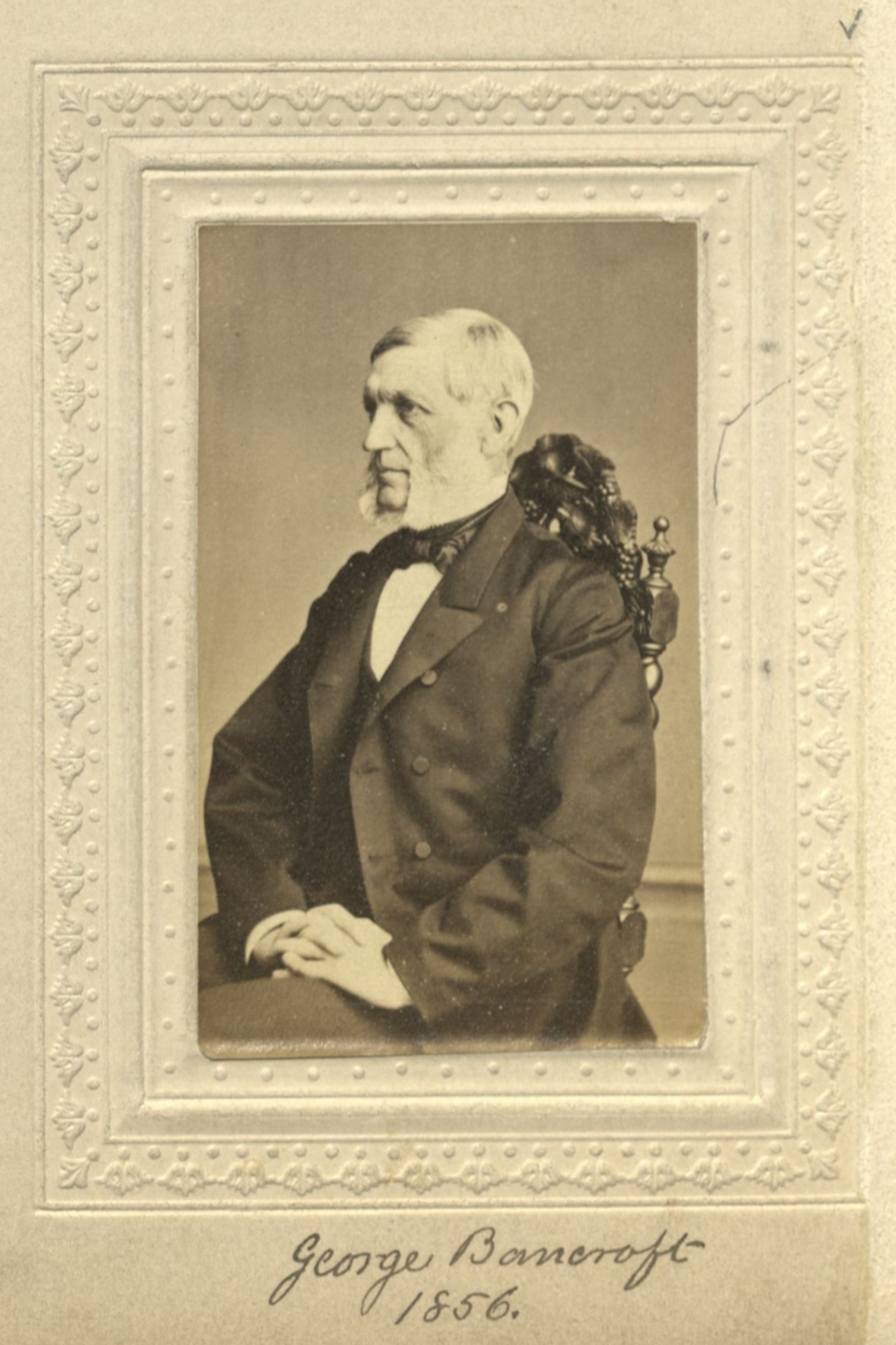Member Directory,
1847 - 1922
John C. Bancroft
Artist
Centurion, 1891–1901
Charles Carroll Lee and James J. Higginson
Northampton, Massachusetts
Boston, Massachusetts
Age fifty-five
Milton, Massachusetts

Archivist’s Notes
Son of George Bancroft
Century Memorial
John Chandler Bancroft, who died at his home in Boston, February 3d, in his sixty-sixth year, was the son of George Bancroft, for so many years an honored member of The Century, and its second President. A graduate of Harvard in the Class of 1854, he went, after the interval of a year spent in Cambridge as resident graduate, to Surinam as draughtsman with Dr. Morrill Wyman, and later spent a number of years in the study of art at Düsseldorf and Dresden, and most profitably in Paris, where, according to the testimony of his friend, La Farge, he came under the influence of “the great Millet,” of Corot and Rousseau, and “of all the artists of whom these names stand as symbols.” The bent of his mind was away from sentimentalism, and toward the investigation of the laws of art and scientific deduction from them. “Both of us,” writes his friend, who shared with him these interests and ideas, “had become deeply interested in the possibility of obtaining help from scientific bases for the representation of light and color. We had not only tried to absorb all that had been studied out to that date, but followed with anxiety the later developments upon which we hoped to place a steady foundation for the art of painting. At that time, before the birth of the so-called impressionist school, we had to remain singular and alone, for we met no sympathy in the world of artists and critics, nor even among scientific men. But whether we were supported, or, indeed, whether we were even right in our inquiries and deductions, our views served to hold together whatever we did as painters, and to give to our studies something more than the mere accidental rendering of things seen, or the blind practice of the studio habit. Our dreams went farther than what has yet been accomplished and beyond what we ourselves were able to carry out.” From this pursuit of the ideal Mr. Bancroft was turned, by the need of securing a sufficient income, to a business life, in which he was very successful. Later he took up a peculiar line of decorative work in wood, in geometric design, which he carried out personally, “giving great attention to the actual mechanical finish and fitting.” “The examples were hidden in a few private houses or his own,” and little was done for the public. “I suppose,” writes another friend, “in the world of art it is possible to labor for the love of art alone. At any rate, this is what John C. Bancroft did, and he lived and died a happy man.”
Edward Cary
1902 Century Association Yearbook



